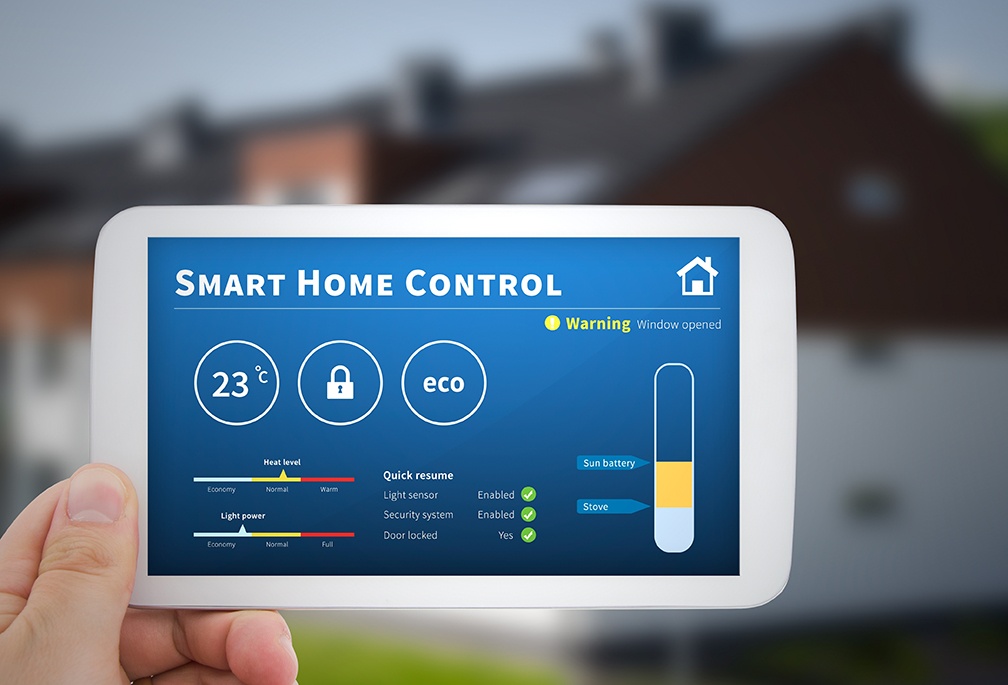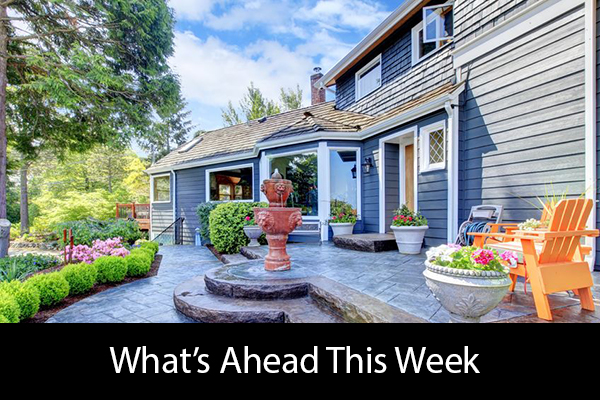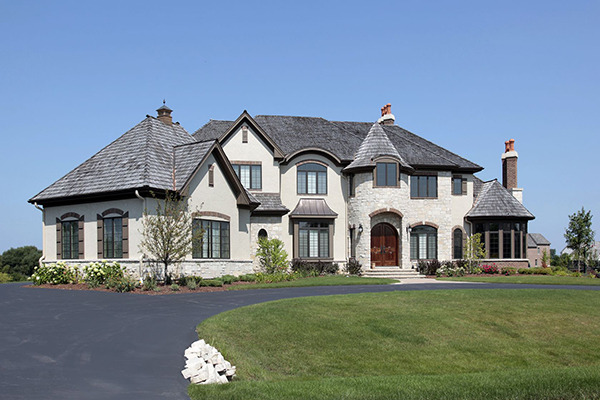 Are you looking to buy a new house in the near future? If so, one of the choices you will face is constructing your own brand-new home or buying an existing home. The idea of building a new house on the right piece of land might sound enticing, but what if you could have a larger, more luxurious existing home in the same neighborhood for a much lower cost?
Are you looking to buy a new house in the near future? If so, one of the choices you will face is constructing your own brand-new home or buying an existing home. The idea of building a new house on the right piece of land might sound enticing, but what if you could have a larger, more luxurious existing home in the same neighborhood for a much lower cost?
As you might imagine, there are pros and cons to each kind of home. In today’s blog post we will explore whether you should build a new home or buy an existing one.
Building Your Ultimate Dream Home
Let’s get the obvious out of the way first. If you can afford the combined cost of the land, the house and all of the furnishings, then building a new home is an amazing experience. It is the chance to completely customize everything about your home, right down to having your family put their handprints in the foundation. You will be able to design the garage, media room, bedrooms, bathrooms, kitchen and everything else exactly the way you want it. The house will truly feel “yours,” as it’s built in your vision.
Aside from the higher cost, there are other potential downsides to building a new home. Between permits, booking contractors, wrapping up all of the necessary paperwork and construction time, building a new home can be stressful. It can also take much longer than buying an existing home outright.
Well-Kept Existing Homes Have Lots Of Upside
Buying an existing home has its upsides as well. It’s almost certainly going to be a much faster process than trying to build your own home from scratch. As long as you can find suitable listings, you can typically purchase and move into an existing home within a few weeks. You can also customize it to your liking, although not to the extent that you would with brand-new construction. It’s also likely to be less expensive, although that depends on a variety of factors including the city you’re buying in, the real estate market, the size of the home and more.
In the end, the choice comes down to budget, timing and personal preference. However, whether you decide to build new or you are okay with a lovely home that already exists, our professional real estate team is here to help. Contact us at your convenience and we’ll be happy to share local home and land listings that suit your needs and budget. We look forward to meeting you.
 Are you still using a key to unlock your door and twisting a dial on the wall to set the temperature? Home automation technology has made considerable strides in the past couple of years so it might be time to invest. In today’s blog post we will explore three tips that can help those looking to make the leap into a fully automated home.
Are you still using a key to unlock your door and twisting a dial on the wall to set the temperature? Home automation technology has made considerable strides in the past couple of years so it might be time to invest. In today’s blog post we will explore three tips that can help those looking to make the leap into a fully automated home. Investing in real estate is one of the oldest means of building and storing wealth. However, it is only just recently that “flipping” of houses – buying at a low price, renovating and selling at a higher price – became popular. For many, house flipping has become a full-time career and their primary source of income.
Investing in real estate is one of the oldest means of building and storing wealth. However, it is only just recently that “flipping” of houses – buying at a low price, renovating and selling at a higher price – became popular. For many, house flipping has become a full-time career and their primary source of income. Last week’s economic reports included NAHB Housing Market Indexes along with readings on housing starts, building permits and existing home sales. Weekly readings on mortgage rates and new jobless claims were also released.
Last week’s economic reports included NAHB Housing Market Indexes along with readings on housing starts, building permits and existing home sales. Weekly readings on mortgage rates and new jobless claims were also released. Are you listing your home for sale now, or in the near future? If so, you have probably come to terms with the fact that soon you’ll be having strangers tour through your home asking all kinds of questions about it. In today’s blog post we’ll take a look at three strange questions that buyers might ask and how to approach answering them.
Are you listing your home for sale now, or in the near future? If so, you have probably come to terms with the fact that soon you’ll be having strangers tour through your home asking all kinds of questions about it. In today’s blog post we’ll take a look at three strange questions that buyers might ask and how to approach answering them. Whether you are just about to graduate college or you have been out of school for a few years, there’s a good chance you’re carrying some amount of student loan debt. It seems that news headlines are regularly pointing out that the nation’s graduates are suffering from the stress of student debt. Moreover, that pressure can be even worse for those who are looking to buy a home and start putting some roots down in the local community.
Whether you are just about to graduate college or you have been out of school for a few years, there’s a good chance you’re carrying some amount of student loan debt. It seems that news headlines are regularly pointing out that the nation’s graduates are suffering from the stress of student debt. Moreover, that pressure can be even worse for those who are looking to buy a home and start putting some roots down in the local community.
 Are you in the market for a new house or condo? Whether you’re looking for something luxurious or intimate, you’ll want to ensure that you have enough space for all of life’s necessities. Many home buyers focus on bedrooms, bathrooms and living areas as their top priorities. But have you given any thought to your closet space?
Are you in the market for a new house or condo? Whether you’re looking for something luxurious or intimate, you’ll want to ensure that you have enough space for all of life’s necessities. Many home buyers focus on bedrooms, bathrooms and living areas as their top priorities. But have you given any thought to your closet space? Last week’s economic reports included minutes of the Fed’s Federal Open Market Committee meeting held in September along with releases on inflation and weekly reports on mortgage rates and new jobless claims.
Last week’s economic reports included minutes of the Fed’s Federal Open Market Committee meeting held in September along with releases on inflation and weekly reports on mortgage rates and new jobless claims. Staging is one of the most important aspects of any home sale. The more attractive your home is to potential buyers, the faster you can finalize the sale and move on. With that in mind, let’s explore four home staging ideas that won’t cost a fortune but are sure to impress your buyers.
Staging is one of the most important aspects of any home sale. The more attractive your home is to potential buyers, the faster you can finalize the sale and move on. With that in mind, let’s explore four home staging ideas that won’t cost a fortune but are sure to impress your buyers.